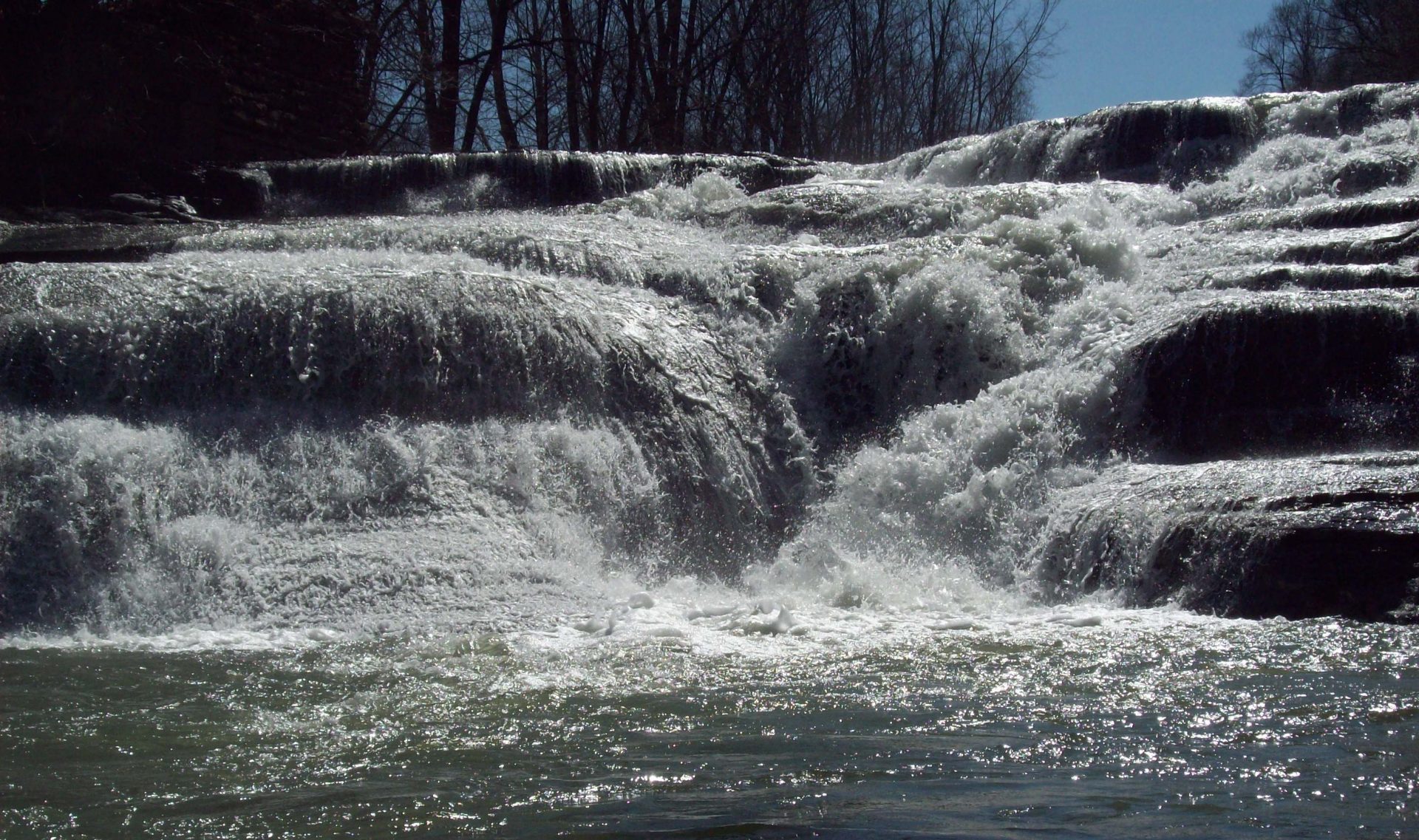By Rich Davenport, published November 17, 2021

On November 15, 2021, the United States Department of Justice, Office of Public Relations, issued a press release announcing a settlement agreement had been reached concerning a Super Fund legal action, launched against Honeywell Corporation and several others, which is valued at $6.25 MIL, while also reaching agreement to preserve, in perpetuity, approximately 70 acres of habitat along the Buffalo River, which will include new shoreline fishing access for the community.
The settlement agreement, which still requires court approval, is the agreed to resolution to a complaint alleging Honeywell is the successor to Allied Chemical Corp./ Buffalo Color Corp., which “manufactured dyestuff and/ or organic chemicals at a facility along the River, and discharged process and cooling waters containing hazardous substances into the Buffalo River throughout the 1960’s and early 1970’s. As part of this proposed settlement, Honeywell entered into separate agreements with ten other entities that were also allegedly responsible for discharging hazardous substances into the River as well. According to the allegations, these discharges caused tremendous damage to the natural and cultural resources in and along the Buffalo River, including harm to migratory birds, fish and mammals, along with the sediment and groundwater. The action was filed by the DOJ on behalf of the US Fish and Wildlife Service and NYS DEC, along with the Tuscarora Nation, as trustees of the natural resources harmed due to the discharge of hazardous materials into the Buffalo River.
Part of the settlement will require the preservation in perpetuity of roughly 70 acres of undeveloped land along the Buffalo River, in an otherwise predominantly urban environment. This portion of the settlement, estimated to cost roughly $2 MIL, will include the restoration of many native species and new public access to a portion of the City Ship Canal, allowing for recreational fishing from the shore. This area will include stretches of the undeveloped Buffalo River shoreline, portions of the Ship Canal, Concrete Central and Houghton Park. Along with the fishing access and restoration of native species, this conservation portion of the settlement will also provide for increased habitat and natural aesthetic value, along with additional walking trails for public use.
The other portion of the settlement, which includes the payment of $4.25 MIL, is proposed for use on additional natural resource restoration projects to create natural habitat and access to the River, for use and enjoyment of the public, including local low-income and minority members of the community. A portion of these funds will also support cultural and habitat restoration and access projects on behalf of the Tuscarora Nation.
This area of the River has long been problematic and a hot spot for contaminated sediment, with long standing legal action finally coming to a resolution with this settlement that has yet to receive court approval. The importance of this restoration, however, stretches farther than increased fishing access and opportunity for the community at large, as wildlife and migratory species such as waterfowl, gulls and terns, along with spawning fish, will provide benefit to the adjacent Upper Niagara River corridor, recognized in 2019 as a RAMSAR designated area, or a Wetland of International Importance, for the incredible biodiversity this area supports. It is important to note that just 51 years earlier, due to industrial pollution and hazardous discharges routinely engaged in by industry along the Buffalo River, and indeed across all Great Lakes ports and tributaries, had left Lake Erie a dead lake by 1970, and the Buffalo River holding the dubious distinction of most polluted waterway in America.
The trustees are currently working on joint restoration planning efforts, including a proposed restoration plan subject to public comment. The settlement action is currently lodged with the US District Court, Western District of New York, and is also subject to a public comment period and final court approval.

